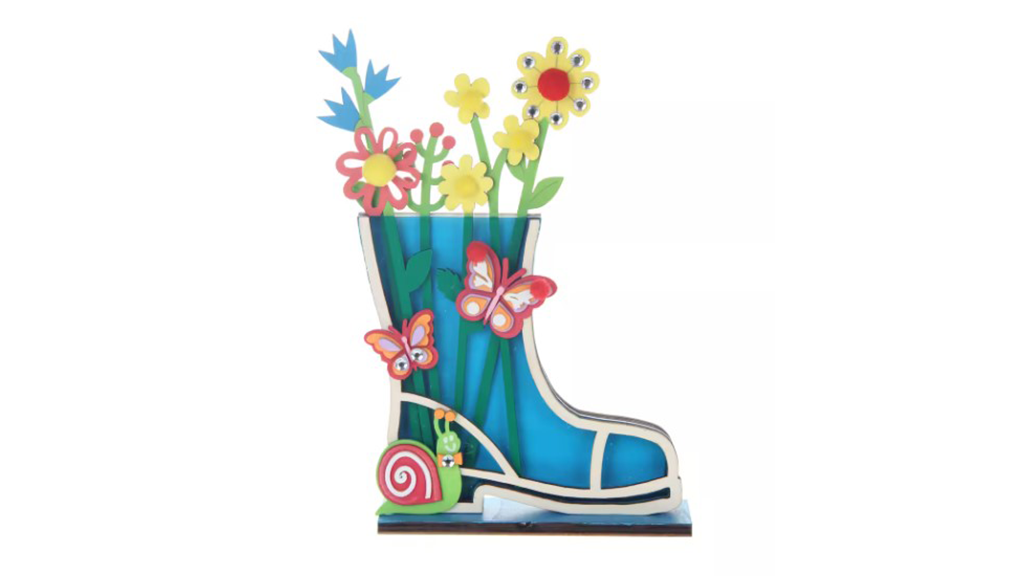Ever pondered the nature of creativity? What inspires creativity, innovation, and ground-breaking concepts? Presenting "Creatology," an intriguing discipline devoted to comprehending and solving the enigmas around creativity. Although the title might seem like something from a science fiction book, creatology is based on both art and science, combining knowledge from the arts, psychology, neurology, and sociology to investigate how people create.
We'll explore the fundamentals of creatology, its history, its real-world applications, and how knowing it may help you in your creative endeavors in this blog. Creatology has something to teach everyone, whether they are educators, artists, businesspeople, or just interested in the human mind.
What Creatology Is
Fundamentally, creatology aims to provide answers to the following questions:
- What inspires creativity?
- What effects do various settings and cultural norms have on creativity?
- What part does the brain play in coming up with original ideas?
- How can both people and communities foster and grow their creativity?
Where Creatology Began
Important turning points include:
- 1950s: In his APA presidential address, psychologist J.P. Guilford urged for study on creativity, which sparked scholarly interest.
- 1960s–1970s: Creation of assessments to gauge creativity, such as the Torrance Tests of Creative Thinking (TTCT).
- 21st Century: Thanks to developments in neuroimaging methods, researchers can now see how the brain functions when performing creative activities.
The Science of Originality
- The Network in Default Mode (DMN): Divergent thinking is promoted by this network, which becomes active during brainstorming, daydreaming, and creativity.
- The Network for Executive Control: This network, which is in charge of concentration and decision-making, aids in turning undeveloped concepts into workable answers.
- The Network of Salience: Serves as a switchboard, switching between the Executive Control Network and the DMN to strike a balance between critical analysis and free-flowing thoughts.
The Craft of Originality
Styles of Creativity
Different creative styles are identified by creatology, and each has advantages:- The innovators: These people break the norm to produce something completely original since they live on novelty.
- Enhancers: They are excellent at optimization and are committed to improving and honing current concepts.
- Synthesizers: Adept in fusing different ideas to create original, coherent solutions.
- Visionaries:
Real-World Uses for Creatology
1. Instruction
Teachers may utilize creatology to create curricula that encourage pupils to think creatively. Schools may foster the next generation of innovators by implementing creative activities, group projects, and problem-solving exercises.2. Innovation and Business
Creatology provides methods for improving teamwork, creating novel goods, and resolving challenging issues in the business sector. Concepts from creatology are incorporated into methods such as design thinking, prototyping, and brainstorming.3. Well-being and Mental Health
One of the most effective ways to express emotions and relieve stress is via creativity. Journaling, art therapy, and other creative endeavors can assist people in processing their feelings and enhancing their mental well-being.4. Establishing a Community
Creatology supports neighborhood projects that unite people via common artistic pursuits, promoting harmony and understanding.How Creatology Can Help You Unlock Your Creativity
1. Adopt a curious mindset
Creativity is fueled by curiosity. Investigate new hobbies, ask questions, and look for experiences that will extend your horizons.2. Engage in Divergent Thinking
Set a challenge for yourself to come up with several answers to an issue. Methods such as free writing and mind mapping can be beneficial.3. Establish an Invigorating Setting
To generate ideas, surround oneself with motivating stimuli, such as literature, music, art, or even the outdoors.4. Work Together
Collaborating with individuals who have different backgrounds and viewpoints might result in novel ideas and creative solutions.5. Accept Failure
Creatology places a strong emphasis on taking chances and growing from errors. Breakthroughs frequently come from failure.Creatology's Future
Creatology keeps changing as our knowledge of creativity expands. Among the new trends are:- Creativity and AI: Investigating the ways in which artificial intelligence might enhance human creativity in domains like as design, music, and art.
- Intercultural Research: Examining how cultural variations influence problem-solving and artistic expression.
- In the Digital Age, Creativity: Being aware of how technology affects our ability to generate and disseminate ideas.
In summary
A fascinating look into the art and science of creation may be found in creatology. We may open up new possibilities in business, education, the arts, and daily life by comprehending the processes behind creative thought and putting these insights into practice. Creativity is a skill that can be fostered, developed, and appreciated in everyone; it is not a unique gift given to a select few.Therefore, keep in mind that the principles of creatology are available to help and motivate you the next time you're confronted with a blank canvas, a difficult challenge, or an ambitious desire. Accept your creative potential and discover all of its boundless possibilities!










